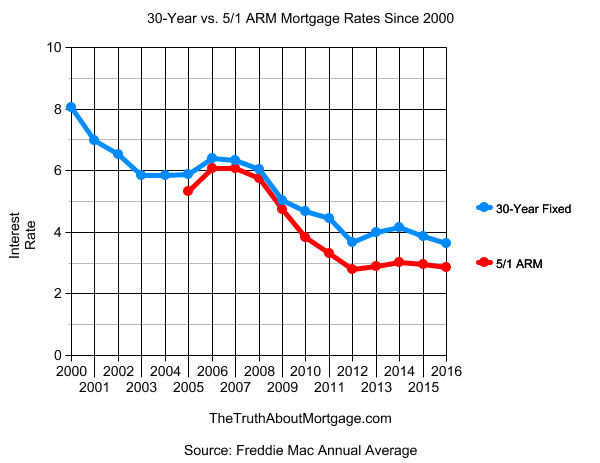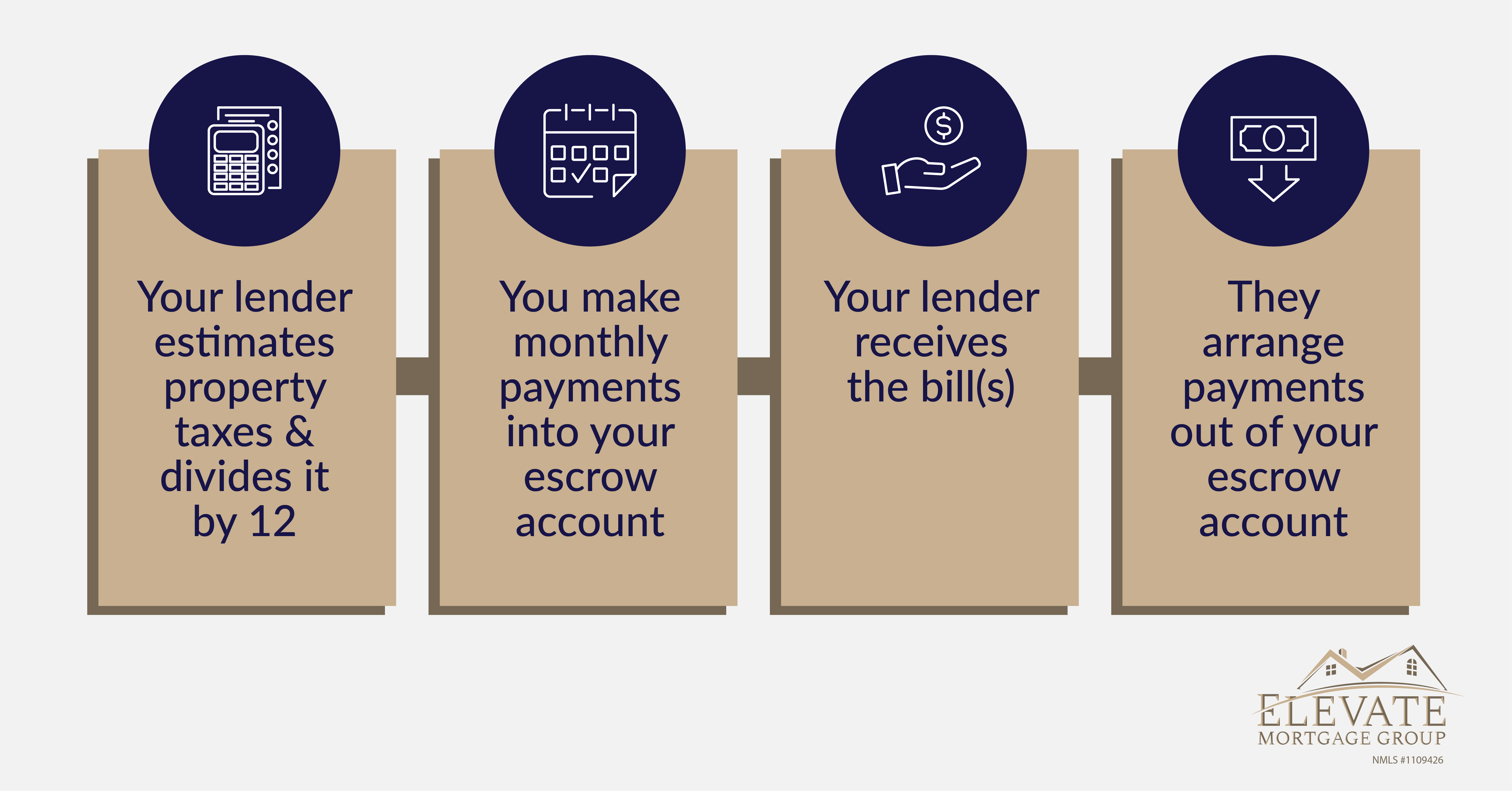For a reverse home mortgage to be a feasible monetary choice, existing mortgage balances usually should be low enough to be paid off with the reverse home mortgage profits. Nevertheless, debtors do have the choice of paying down their existing home mortgage balance to certify for a HECM reverse mortgage. The HECM reverse home mortgage follows the basic FHA eligibility requirements for home type, indicating most 14 household houses, FHA approved condos, and PUDs qualify.
Before beginning the loan procedure for an FHA/HUD-approved reverse home mortgage, applicants need to take an approved therapy course. An approved therapist ought to assist discuss how reverse home mortgages work, the financial and tax implications of taking out a reverse home loan, payment choices, and expenses related to a reverse mortgage. The counseling is implied to safeguard debtors, although the quality of therapy has actually been criticized by groups such as the Consumer Financial Defense Bureau. what is wrong with reverse mortgages.
On March 2, 2015, FHA executed brand-new guidelines that require reverse mortgage candidates to go through a monetary assessment. Though HECM borrowers are not needed to make month-to-month home mortgage payments, FHA wants to ensure they have the monetary ability and determination to keep up with home taxes and homeowner's insurance (and any other suitable residential or commercial property charges).
Prior to 2015, a Loan provider could not refuse a request for a HECM as the requirement is age 62+, own a house, and fulfill initial debt-to-equity requirements. With FA, the lender may now require Equity "set aside" guidelines and sums that make the loan difficult; the like a declination letter for bad credit.
Which Of The Following Is Not A Guarantor Of Federally Insured Mortgages? for Dummies
Satisfying credit - All housing and installation debt payments need to have been made on time https://www.businesswire.com/news/home/20191008005127/en/Wesley-Financial-Group-Relieves-375-Consumers-6.7 in the last 12 months; there are no more than 2 30-day late home mortgage or installation payments in the previous 24 months, and there is no significant derogatory credit on revolving accounts in the last 12 months.
If no extenuating circumstances can be documented, the customer may not certify at all or the loan provider might require a large amount of the principal limitation (if readily available) to be carved out into a Life Span Reserve (LESA) for the payment of property charges (residential or commercial property taxes, property owners insurance, etc.).
The fixed-rate program features the security of an interest rate that does not change for the life of the reverse home mortgage, but the interest rate is typically higher at the start of the loan than a comparable adjustable-rate HECM. Adjustable-rate reverse home mortgages usually have rate of interest that can alter on a month-to-month or annual basis within specific limits.
The initial rate of interest, or IIR, is the actual note rate at which interest accrues on the exceptional loan balance on a yearly basis. For fixed-rate reverse mortgages, the IIR can never ever alter. For adjustable-rate reverse home mortgages, the IIR can change with program limitations up to a lifetime rate of interest cap.

All about When Did 30 Year Mortgages Start

The EIR is frequently various from the real note rate, or IIR. The EIR does not identify the quantity of interest that accumulates on the loan balance (the IIR does that). The overall pool of money that a customer can get from a HECM reverse mortgage is called the principal limitation (PL), which is computed based upon the optimum claim quantity (MCA), the age of the youngest debtor, the expected rates of interest (EIR), and a table to PL elements published by HUD.
Most PLs are normally in the series of 50% to 60% of the MCA, but they can often be higher or lower. The table below provides examples of primary limits for various ages and EIRs and a property worth of $250,000. Customer's age at origination Expected rates of interest (EIR) Principal limit factor (since Aug.
In other words, older debtors tend to receive more money than more youthful customers, however the overall amount of cash offered under the HECM program tends to reduce for all ages as rates of interest increase. Closing expenses, existing home mortgage balances, other liens, and any real estate tax or homeowners insurance coverage due are generally paid out of the initial principal limitation.
The money from a reverse mortgage can be distributed in four ways, based on the borrower's financial needs and goals: Swelling amount in cash at settlement Regular monthly payment (loan advance) for a set variety of years (term) or life (tenure) Line of credit (comparable to a house equity credit line) Some mix of the above Note that the adjustable-rate HECM provides all of the above payment alternatives, however the fixed-rate HECM just provides lump sum.
The 45-Second Trick For What Is An Underwriter In Mortgages
This means that customers who select a HECM line of credit can potentially get to more cash in time than what they at first qualified for at origination. The line of credit growth rate is figured out by adding 1.25% to the initial interest rate (IIR), which suggests the line of credit will grow quicker if the rate of interest on the loan boosts.
Due to the fact that many debtors were taking full draw swelling sums (often at the motivation of loan providers) at closing and burning through the money rapidly, HUD looked for to secure debtors and the viability of the HECM program by limiting the quantity of profits that can be accessed within the first 12 months of the loan.
Any remaining readily available profits can be accessed after 12 months. If the overall necessary obligations exceed 60% of the principal limitation, then the debtor can draw an extra 10% of the principal limitation if offered. The Real Estate and Economic Recovery Act of 2008 supplied HECM debtors with the chance to acquire a brand-new principal house with HECM loan proceeds the so-called HECM for Purchase program, reliable January 2009.
The program was developed to enable the elderly to buy a new primary house and acquire a reverse mortgage within a single deal by removing the need for a 2nd closing. Texas was the last state to enable reverse mortgages for purchase. Reverse home mortgages are often criticized over the concern of closing costs, which can often be costly.
What Does What Is The Interest Rate On Mortgages Do?
Considering the constraints enforced upon HECM loans, they are similar to their "Forward" contemporaries in general costs. The following are the most normal closing costs paid at near acquire a reverse mortgage: Therapy charge: The initial step to get a reverse home loan is to go through a counseling session with a HUD-approved counselor.
Origination charge: This is charged by the lender https://www.prweb.com/releases/2012/8/prweb9766140.htm to organize the reverse home mortgage. Origination costs can vary widely from lender to lending institution and can vary from nothing to a maximum of $6,000. Third-party charges: These fees are for third-party services worked with to complete the reverse mortgage, such as appraisal, title insurance, escrow, federal government recording, tax stamps (where applicable), credit reports, and so on.
The IMIP protects lending institutions by making them whole if the home offers at the time of loan repayment for less than what is owed on the reverse home mortgage. This secures borrowers too since it means they will never ever owe more than their house deserves. As of 1/2019, the IMIP is now 2% of the max claim amount (Either the assessed value of the house as much as a maximum of $726,535) The annual MIP (home loan insurance coverage premium) is.50% of the exceptional loan balance.